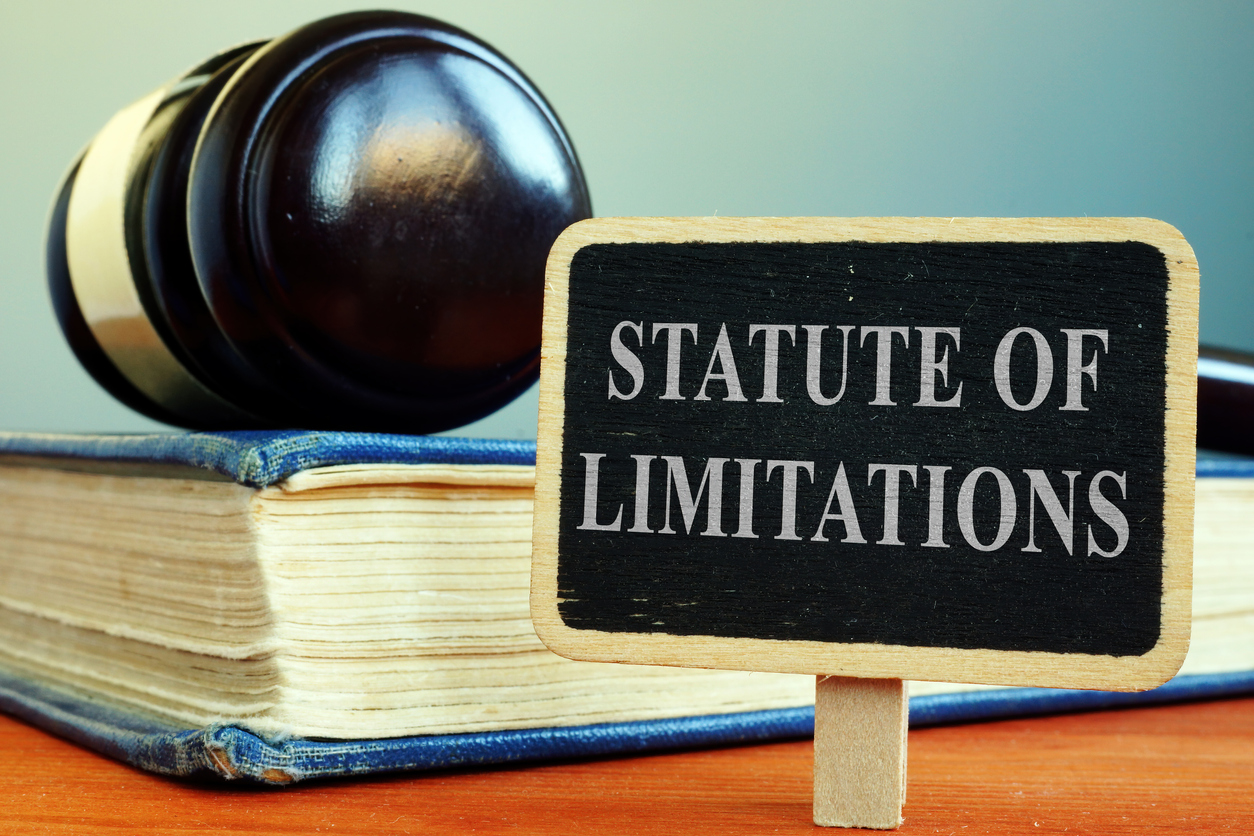Every policyholder’s first question after a loss is: does my insurance policy cover this? Some policyholders have a named peril policy insuring against certain risks that are enumerated within the policy itself. Others have an all-risk policy that insures against every peril that is not specifically excluded under the terms of the policy. Regardless of which policy you currently hold, the first step in determining whether coverage exists is determining the cause and origin of the damages.
For the next few weeks, I will write about the infamous Proximate Causation Doctrine. This doctrine can be complicated; but if you stick with me over the next few weeks, this doctrine will make more sense and increase your understanding of what is and what is not covered under your insurance policy.
As stated in “Proximate Cause Analysis,” Commercial Property Insurance, Section IV: Practical Considerations, International Risk Management Institute, Inc., 2011:
The first step is to construct the analytical framework upon which the common law rules of proximate causation will operate. In other words, the parties must break down the facts of the claim into small pieces and fit those pieces into one of the following three possible analytical frameworks:
“Chain of events” fact pattern
“Sequential events” fact pattern
“Concurrent events” fact pattern
These different analytical frameworks are similar, and it can be difficult to know which framework to apply to a specific scenario. Through my next few posts, I hope to clarify each different framework. Hopefully, you will then know which one to apply to a particular loss. As always, situations can vary depending on the jurisdiction and specific facts of a claim.
Next week, I will breakdown the first analytical framework of the Proximate Causation Doctrine, “Chain of events.”



